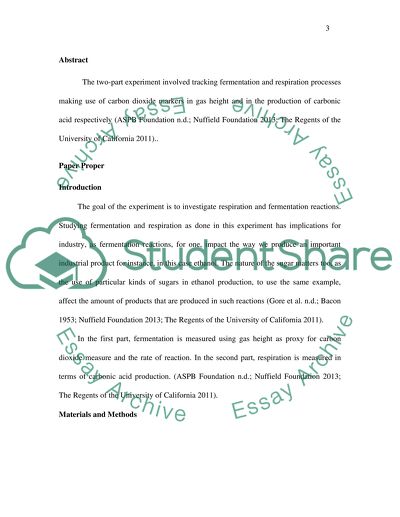Cite this document
(“Cellular respiration and fermentation Lab Report”, n.d.)
Retrieved from https://studentshare.org/biology/1470153-cellular-respiration-and-fermentation
Retrieved from https://studentshare.org/biology/1470153-cellular-respiration-and-fermentation
(Cellular Respiration and Fermentation Lab Report)
https://studentshare.org/biology/1470153-cellular-respiration-and-fermentation.
https://studentshare.org/biology/1470153-cellular-respiration-and-fermentation.
“Cellular Respiration and Fermentation Lab Report”, n.d. https://studentshare.org/biology/1470153-cellular-respiration-and-fermentation.


